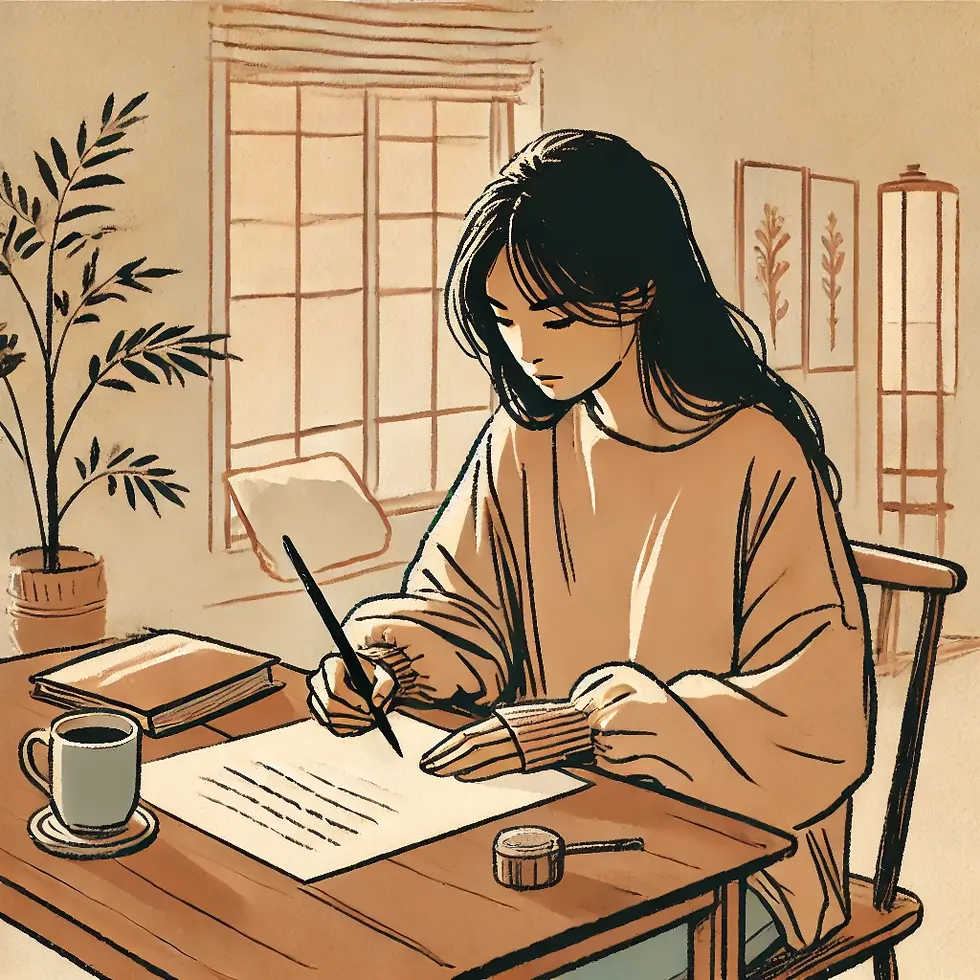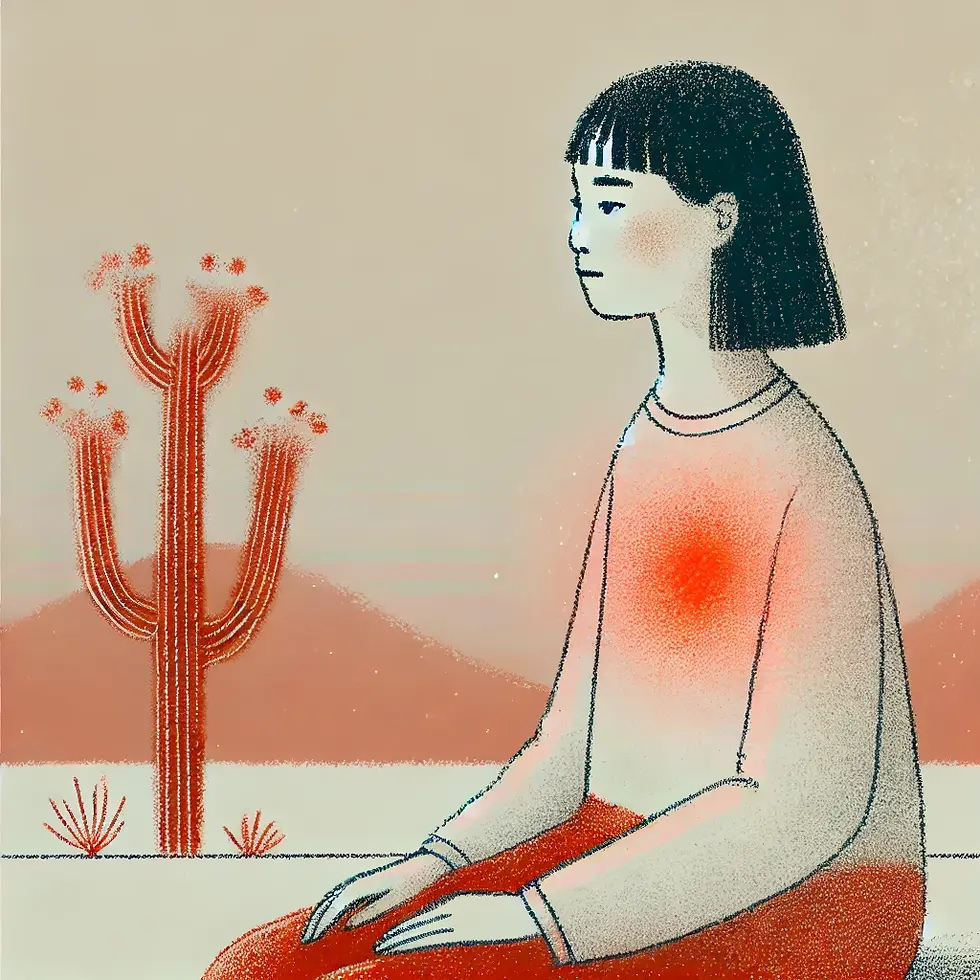The Restorative Power of Flow: Finding Joy, Creativity, and Play
- hannahpeircersw
- Mar 18
- 3 min read

Have you ever been so deeply immersed in an activity that time seemed to disappear? Maybe you were trying a new craft like pottery, cooking a new recipe, or playing a video game, and suddenly an hour had passed without you noticing. This experience is what psychologist, Mihaly Csikszentmihalyi coined as flow—a state of deep engagement where challenge and skill meet in perfect balance, allowing us to feel fully present and absorbed in the moment.
Flow as an Antidote to Stress
Life comes with its fair share of stressors—work, relationships, responsibilities, and the mental chatter that often accompanies them. When we engage in an activity that induces flow, we give our minds a break from this noise. Rather than ruminating on past mistakes or worrying about the future, we become anchored in the now, our thoughts aligning seamlessly with our actions. In this way, flow can be a powerful way to experience relief from stress and anxiety by immersing us in something engaging and enjoyable.
The Intersection of Flow, Creativity, and Play
Flow is also a gateway to creativity and play—two aspects of life that often get pushed aside in adulthood. As children, we played naturally, lost in imaginary worlds and open-ended exploration. Yet, as we grow older, many of us shift toward productivity and efficiency, leaving little room for playfulness and spontaneity. However, play is not just for children—it is essential for well-being. Engaging in activities that allow for creative expression without self-judgment nurtures curiosity, innovation, and joy. Whether through sketching, learning a dance routine, playing an instrument, or building LEGO, flow invites us to tap into this playful side, granting us permission to experiment without the pressure of perfection.
Finding Your Flow
Everyone’s flow activities look different. For some, it may be engaging in movement—shooting hoops, going for a swim, or practicing yoga. For others, it’s creating—sketching, writing short stories, or baking. It could also be gaming, doing a puzzle, or getting lost in a compelling book. The key is to notice when you feel fully engaged, when time seems to fade, and when you experience a sense of effortlessness in what you're doing.
If you haven’t found an activity that brings you into flow, consider exploring hobbies that interest you, experimenting with different forms of creative expression, or simply allowing yourself to play without judgment. Flow does not require expertise or perfection—it only requires presence.
A Path to Restorative Joy
Flow is more than just a pleasurable state; it is a tool for emotional well-being, a space for creativity, and a return to the joy of play. When life feels overwhelming, allowing ourselves time to engage in immersive activities can be a powerful way to recharge, reconnect, and remember the simple pleasure of being fully present. Whether it’s through art, movement, or storytelling, finding your flow can be an invitation back to yourself—one where stress dissolves, creativity flourishes, and joy is rediscovered.
Ready to Begin Your Journey of Self-Discovery?
Taking the first step toward growth and healing can feel both empowering and uncertain. If you're ready to explore your emotions, patterns, and inner world with a compassionate guide by your side, let’s connect. Book a consultation, and let’s take that first step together toward a more mindful, authentic you.
Warmly,
Hannah Peirce
Registered Social Worker and Psychotherapist



Comments